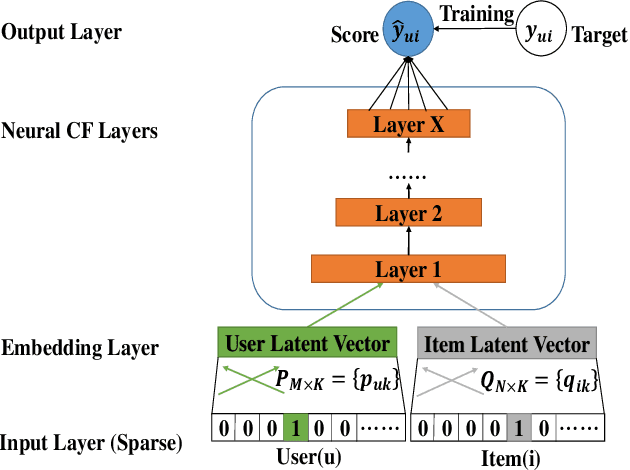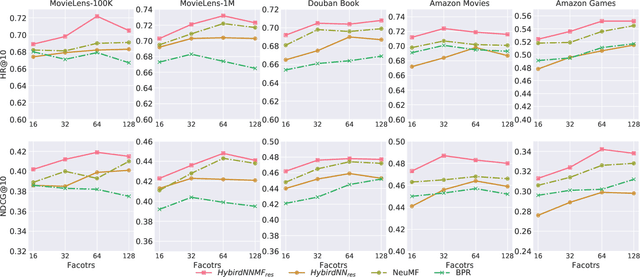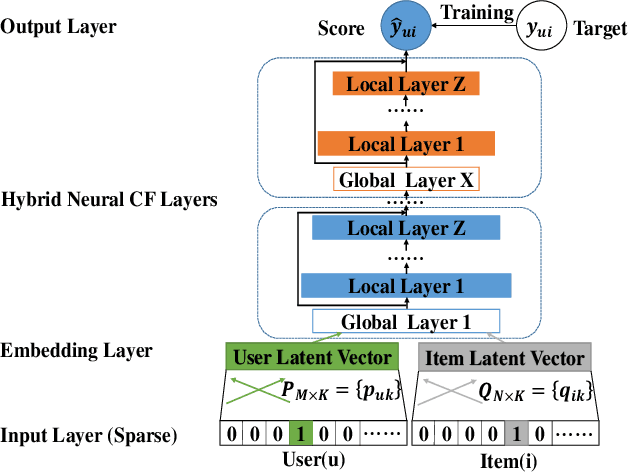Shan Sun
MAMRL: Exploiting Multi-agent Meta Reinforcement Learning in WAN Traffic Engineering
Nov 30, 2021



Abstract:Traffic optimization challenges, such as load balancing, flow scheduling, and improving packet delivery time, are difficult online decision-making problems in wide area networks (WAN). Complex heuristics are needed for instance to find optimal paths that improve packet delivery time and minimize interruptions which may be caused by link failures or congestion. The recent success of reinforcement learning (RL) algorithms can provide useful solutions to build better robust systems that learn from experience in model-free settings. In this work, we consider a path optimization problem, specifically for packet routing, in large complex networks. We develop and evaluate a model-free approach, applying multi-agent meta reinforcement learning (MAMRL) that can determine the next-hop of each packet to get it delivered to its destination with minimum time overall. Specifically, we propose to leverage and compare deep policy optimization RL algorithms for enabling distributed model-free control in communication networks and present a novel meta-learning-based framework, MAMRL, for enabling quick adaptation to topology changes. To evaluate the proposed framework, we simulate with various WAN topologies. Our extensive packet-level simulation results show that compared to classical shortest path and traditional reinforcement learning approaches, MAMRL significantly reduces the average packet delivery time even when network demand increases; and compared to a non-meta deep policy optimization algorithm, our results show the reduction of packet loss in much fewer episodes when link failures occur while offering comparable average packet delivery time.
A collaborative filtering model with heterogeneous neural networks for recommender systems
May 27, 2019



Abstract:In recent years, deep neural network is introduced in recommender systems to solve the collaborative filtering problem, which has achieved immense success on computer vision, speech recognition and natural language processing. On one hand, deep neural network can be used to model the auxiliary information in recommender systems. On the other hand, it is also capable of modeling nonlinear relationships between users and items. One advantage of deep neural network is that the performance of the algorithm can be easily enhanced by augmenting the depth of the neural network. However, two potential problems may emerge when the deep neural work is exploited to model relationships between users and items. The fundamental problem is that the complexity of the algorithm grows significantly with the increment in the depth of the neural network. The second one is that a deeper neural network may undermine the accuracy of the algorithm. In order to alleviate these problems, we propose a hybrid neural network that combines heterogeneous neural networks with different structures. The experimental results on real datasets reveal that our method is superior to the state-of-the-art methods in terms of the item ranking.
 Add to Chrome
Add to Chrome Add to Firefox
Add to Firefox Add to Edge
Add to Edge